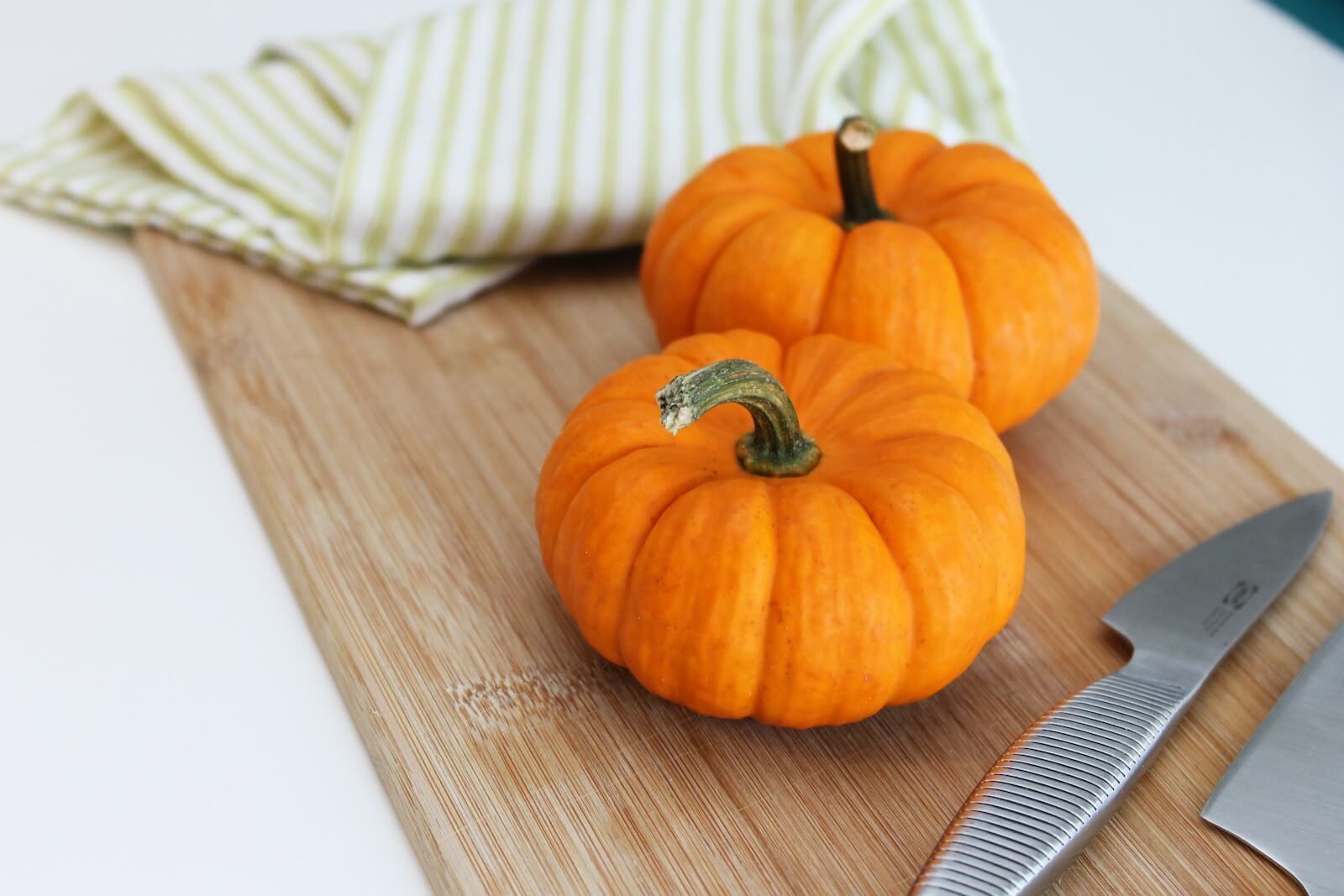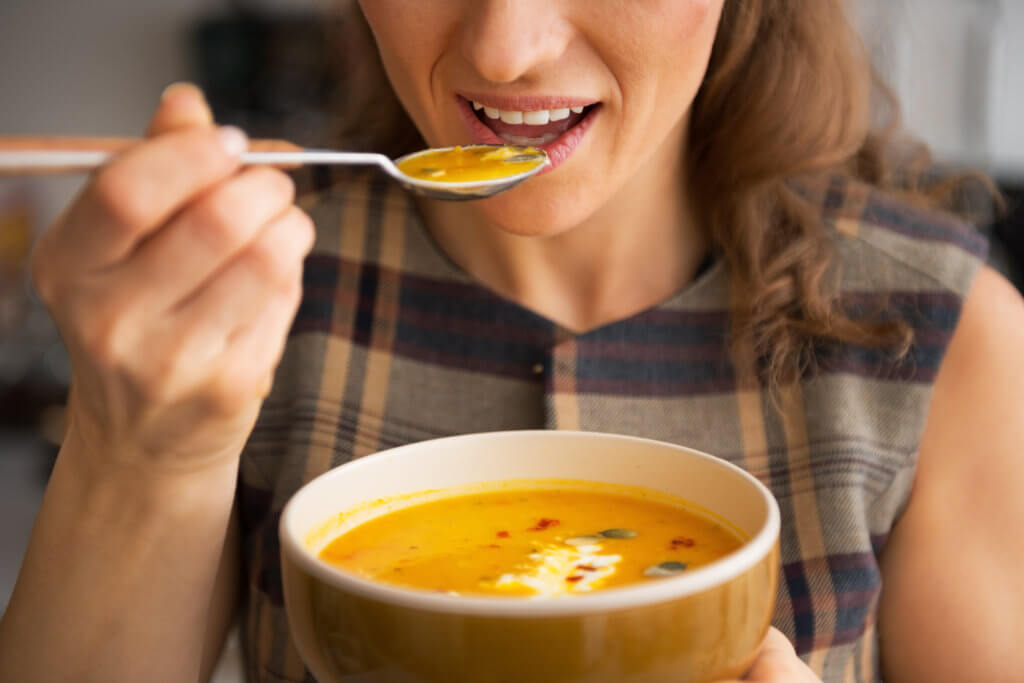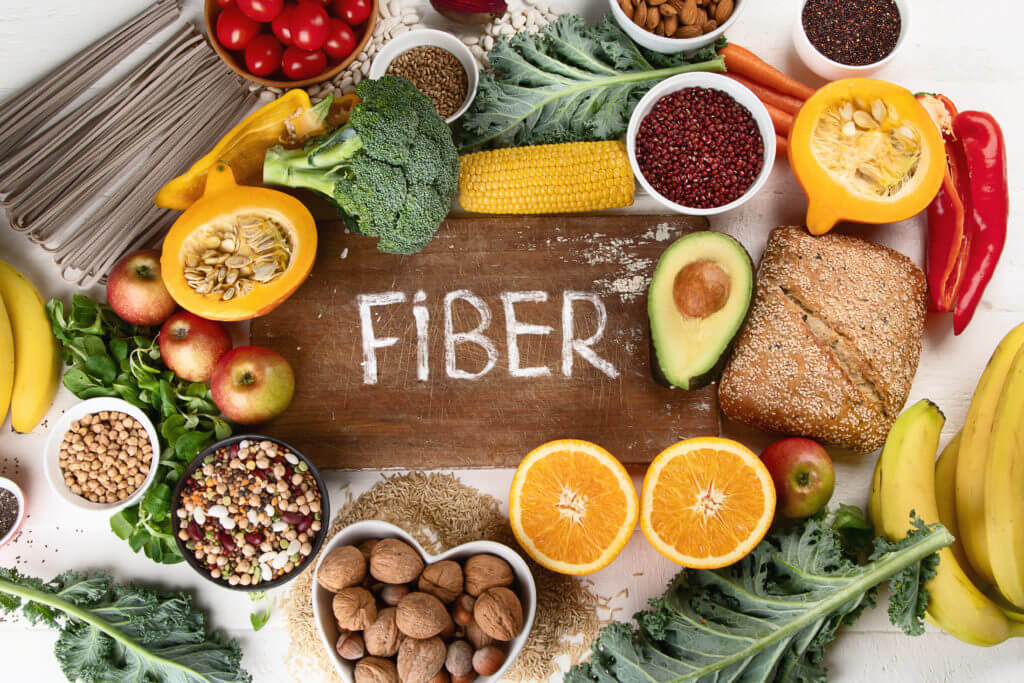Labor Day is in the rearview mirror and the air is getting crisper, getting plenty of people excited for fall. With the leaves changing color and pumpkin spice in literally everything, who wouldn’t be?
For many, their favorite guilty fall pleasure is a pumpkin spice latte, and while this and other fun seasonal treats are tasty, they aren’t that nutritious. However, it isn’t the pumpkin that makes it this way, it’s the added sugars, fats, and other ingredients. Pumpkin is actually highly nutritious and is worth including in your diet all year-round.
What is pumpkin?
Is it a fruit or a veggie? Actually, it’s a bit of both! From a botanical standpoint, pumpkins have plenty of seeds, which would categorize them as fruit. However, because they aren’t super sweet and fit well with savory dishes, many times they’re referred to as vegetables too. Pumpkin is a winter squash that is part of the Cucurbitaceae family, which includes over 900 species including watermelons and cucumbers.

Pumpkin’s 3 nutritional highlights
It’s rich in beta carotene
Beta carotene is a precursor to retinol (vitamin A). This means that beta carotene converts to vitamin A in the body. Just like carrots and sweet potatoes, pumpkin is filled with it. One cup contains over 5,000 mg. Vitamin A is a critical nutrient for eyesight, immune health, reproduction, fighting inflammation, and acne.
Fun fact: Accutane, a popular acne medication, is derived from vitamin A.

It’s rich in potassium
It’s recommended that you eat 2,600 and 3,400 mg of potassium daily, for women and men respectively. Believe it or not, unless you are really trying to increase your intake, it can be a bit difficult to reach these numbers.
Potassium is an incredibly important nutrient for reducing risk of diabetes, stroke, and high blood pressure. Many times, we hear about reducing salt intake to keep blood pressure under control, but sufficient potassium is just as important. Not eating enough of it can actually make your body more sensitive to sodium in the first place. Just one cup of pumpkin can provide you with over 500 mg of potassium.
Pumpkin is loaded with fiber
Like most fruits and vegetables, pumpkin contains a great amount of fiber. One cup of pumpkin provides around seven grams of fiber. It’s recommended for most people to get around 25 grams of fiber per day.
This means that pumpkin would make a great addition to your snacks or meals, as the fiber content helps to keep you full, support balanced blood sugar levels, healthy bowel movements, and lower cholesterol levels.

Bottom Line
Pumpkin is great in a latte from Starbucks, but the 50 grams of added sugar may not be something you’re willing to pay for health-wise. A lot of your favorite fast-food pumpkin treats have similar nutrition facts labels. But pumpkin, without all of the extras, is a highly nutritious food that can be part of your diet at any time of year and provide you with nutrients that confer anti-inflammation, eyesight, digestion, heart health, and other valuable health benefits.
You might also be interested in:
- Fall is America’s favorite season, but pumpkin spice or cooler temps aren’t the biggest reasons
- Best Pumpkin Spice Products: Top 5 Fall Favorites Most Recommended By Experts
- Best Fall Desserts: Top 5 Seasonal Treats Most Recommended By Foodies

